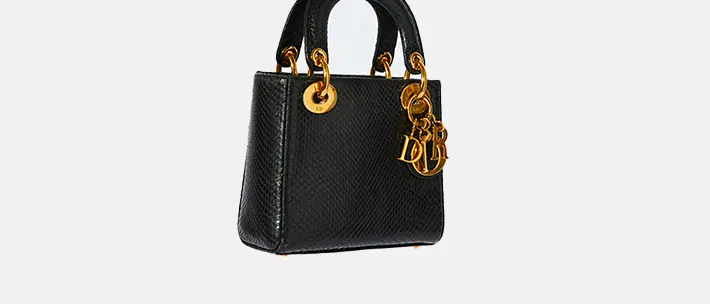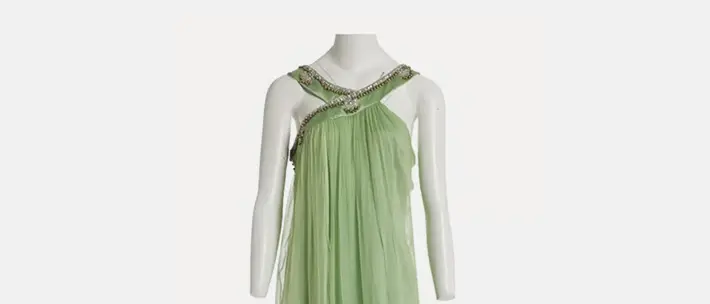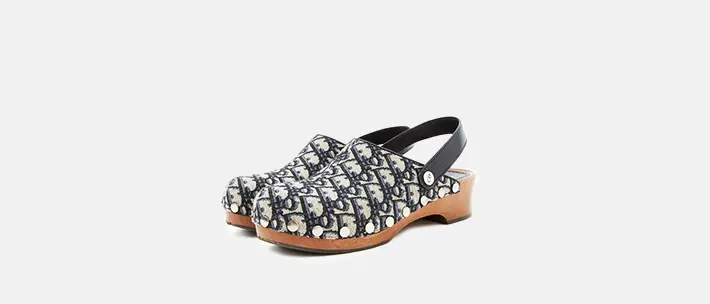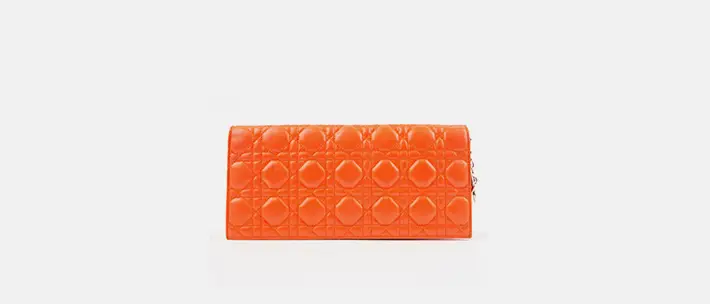Dior, the spirit of haute couture.
An icon of French luxury, the Dior fashion house has always associated itself with the greatest and the best creative directors. Recognised the world over for their blend of the bold and the classic, Dior silhouettes have been setting themselves apart on the catwalks for 70 years now. From the emblematic Lady Dior handbag to Eau Sauvage, the brand has successfully managed to inject its unique style into its accessories.
The birth of the New Look.
In 1947, Christian Dior, a talented young pattern designer, founded his fashion house on Avenue Montaigne and organised his very first fashion show. The crème de la crème of Paris was in attendance. As Françoise Giroud wrote in the Figaro newspaper, he was "a complete unknown on 12th February 1947 and famous on the 13th". What Christian Dior was proposing was a complete departure from the fashion of the immediate post-war years, where rationing was still making its mark (think "tight", think pencil-skirts). It was Avenue Montaigne that saw the revolution: waists were cinched, busts were fuller and more leg was visible thanks to the iconic voluminous Corolle flared skirt. Americans were quick to christen the event with the headline "It's the New Look". It was the birth of an icon, a hymn to femininity and seduction.
An astute businessman, Christian Dior left France in 1948 to try and break into America. He became designer to the stars, dressing the two emblematic actresses of the era, Marilyn Monroe and Marlene Dietrich.
He went from strength to strength, soon adding perfume to his offering, most famously Miss Dior, J'Adore, Poison and Eau Sauvage for men. Leather goods, watches and jewellery all followed, the brand's know-how and quest for excellence carried through to their accessories collection. Several among them became icons, like the Lady Dior handbag, given to Diana, Princess of Wales, that propelled Dior to the rank of major player in the world of luxury leather goods. Similarly, Galliano's Saddle Bag became a must-have accessory for a whole generation of young women.
Dior's Legacy.
When Christian Dior died in 1957, Yves Saint Laurent took over at the helm. Despite the success of his first collection and of his A-line dress, he didn't stay for very long. Marc Bohan replaced him, staying until 1989 when Gianfranco Ferré took the reins. The fashion house was then acquired by the LVMH group, who appointed colourful but controversial character John Galliano as creative director. The design genius marked a shift in the world of fashion: fashion shows became fashion performances, which was a complete departure from how luxury had been presented up until then. The best example of this was his "Clochards" (tramps) fashion show in the year 2000, that sent shockwaves through the international fashion scene. The fashion house is today in the hands of Italian Maria Grazia Chiuri.
From the beginning, Dior collections have been characterised by the desire to convey haute-couture into the firmament of fashion. Between exuberance and impossible charisma, the brand has managed to impose its unique vision across the globe. Hand-picked muses - Isabel Adjani, Monica Bellucci, Marion Cotillard, to name but a few - and iconic pieces - the famous Lady Dior bag - continue the tradition of artistic innovation, drawing inspiration from the arts, literature and travel.
- The Lady Dior handbag;
- The Tribal Dior jewellery;
- The floral skirt.



